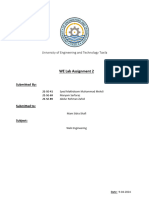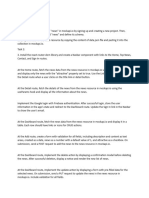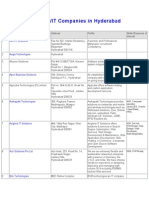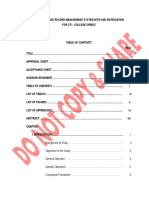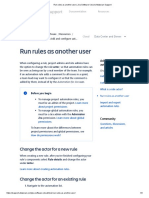0% found this document useful (0 votes)
25 views42 pagesNextjs Notes
Next.js utilizes a file-system-based routing system where the structure of the 'pages/' directory determines application routes, including basic, nested, dynamic, and catch-all routes. It supports API routes, custom error pages, and middleware, while allowing for layouts that persist across route changes. Additionally, Next.js offers various navigation methods, loading indicators, error handling mechanisms, and the ability to create parallel routes for independent rendering.
Uploaded by
Manish Kumar SharmaCopyright
© © All Rights Reserved
We take content rights seriously. If you suspect this is your content, claim it here.
Available Formats
Download as PDF, TXT or read online on Scribd
0% found this document useful (0 votes)
25 views42 pagesNextjs Notes
Next.js utilizes a file-system-based routing system where the structure of the 'pages/' directory determines application routes, including basic, nested, dynamic, and catch-all routes. It supports API routes, custom error pages, and middleware, while allowing for layouts that persist across route changes. Additionally, Next.js offers various navigation methods, loading indicators, error handling mechanisms, and the ability to create parallel routes for independent rendering.
Uploaded by
Manish Kumar SharmaCopyright
© © All Rights Reserved
We take content rights seriously. If you suspect this is your content, claim it here.
Available Formats
Download as PDF, TXT or read online on Scribd
/ 42
































